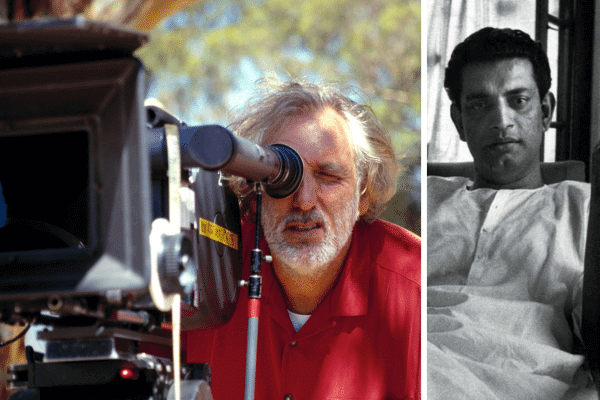For Phillip Noyce, pioneering Australian filmmaker behind iconic works like The Quiet American (2002) and Rabbit-Proof Fence (2002), the Satyajit Ray Lifetime Achievement Award is more than just another accolade–it’s deeply personal.
“I’ve had other awards, other recognitions,” he reflects, “but this one was very, very close to my heart.”
The reason lies in Ray’s profound impact on Noyce and his peers back in Australia. In 1960s, a story of Ray’s filmmaking philosophy filtered back from Calcutta (now Kolkata), forever altering Noyce’s perception of what cinema could be.
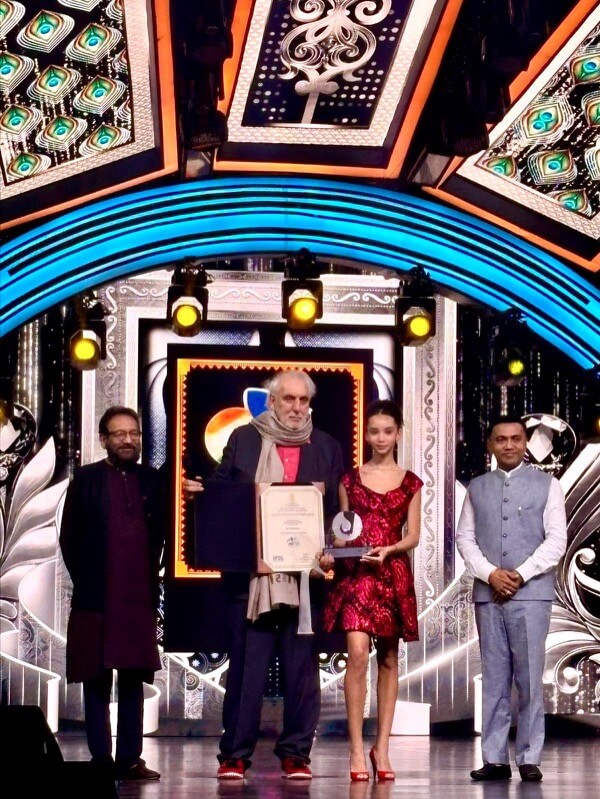
A friend who visited Ray’s film set in India recounted how the legendary director and his crew travelled humbly, sharing a third-class train carriage to their location. It wasn’t about luxury – it was about equality in the team.
“There was nothing grand about the way they were approaching the making of this film,” Noyce recalls. “The director didn’t travel first class while the crew was in third; they all travelled in the cheapest way.” Phillip Noyce Satyajit Ray
This ethos – that great films don’t require lavish budgets but rather powerful ideas and genuine emotion – resonated deeply. “He was a real beacon,” Noyce says of Satyajit Ray, who is best known for Pather Panchali (1955).
Decades later, to receive an award bearing the name of a man he so greatly admired felt profoundly special. “It was different…I greatly admire Ray,” Noyce adds.

This recognition, bestowed at the International Film Festival of India IFFI in Goa in November, not only honoured Noyce’s illustrious career but also highlighted his long-standing connection with Indian cinema and culture.
In an exclusive chat with Indian Link, Noyce reveals how he turned to Ray’s inspiration when he made Rabbit-Proof Fence – a story about three Indigenous children who were forcibly removed from their families but somehow managed to escape and undertake a journey across the Australian dessert to return home.
“Throughout his career, Ray had chosen many non-professional, real people, and asked them to be themselves. And so, when I was thinking about how am I going to accomplish this film, I thought, well, the idea must be to follow Ray, to find real children, teach them not to ‘act’, but teach them to ‘not act’, ask them just to be themselves and then try and catch that lightning in a bottle.”
The movie didn’t just do excellent numbers at the box office, it also took away multiple awards both in Australia and overseas.
‘Ray’ of sunshine
At a recent masterclass for budding directors at IFFI Goa, Noyce spoke of how the future of cinema lies in the philosophy of Ray: ‘Less is more’.
“If you want to make a story, there are various ways to do that,” Noyce explains. “One is to make the film smaller in scope, but bigger in heart, which always works. Another is to use technology to bridge the gap.”
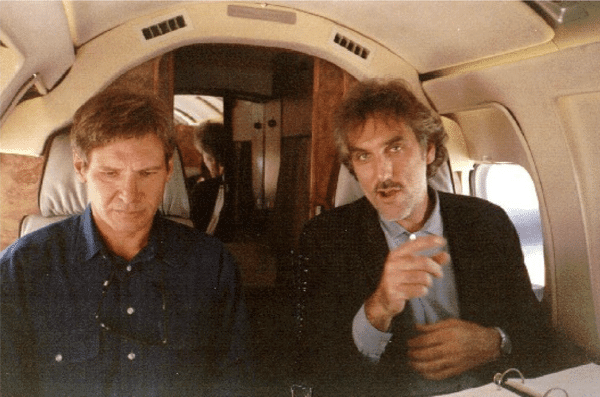
Noyce shares how using drones instead of helicopters or phones instead of expensive equipment to make movies are good alternatives.
But that doesn’t mean that there won’t be big movies, he points.
“RRR, for example, was a huge movie in scope in the issues that it dealt with. It was an historical drama, an attack on colonialism. It was a buddy movie, it was a comedy, it was a drama, it was an action film. And Rajamouli made it very successful…But a film like All We Imagine as Light is perhaps a perfect example of the way to go for all of us.”
While Payal Kapadia’s All We Imagine as Light bagged two Golden Globe nominations this year, RRR made history at Oscars 2023 with ‘Naatu Naatu’. Both Indian projects were successful in their own ways.
Noyce is all praise for Kapadia’s works: “Her film is in the same tradition of Satyajit Ray, even though it starts in a big city, eventually goes to a seaside village and it closes in on the characters. And the lead actress is my favourite Indian actress at the moment…although she’s a professional, she has delivered a very naturalistic performance.”

Early influences
Noyce was only 5 years old when Ray became a global figure for Pather Panchali. His interest in Ray’s work began when he turned 18. Phillip Noyce Satyajit Ray
“Once I left school, and started to be interested in the fact that I could make movies, Satyajit Ray and Italian filmmaker Vittorio De Sica were the two big influences,” Noyce confesses, adding how Sica’s Bicycle Thieves (1948) left a mark.
“Because they were making films for practically nothing, compared to Hollywood productions, they were frequently using real people, looking at the reality of life as opposed to a re-imagined reality and inspired by documentary traditions.”
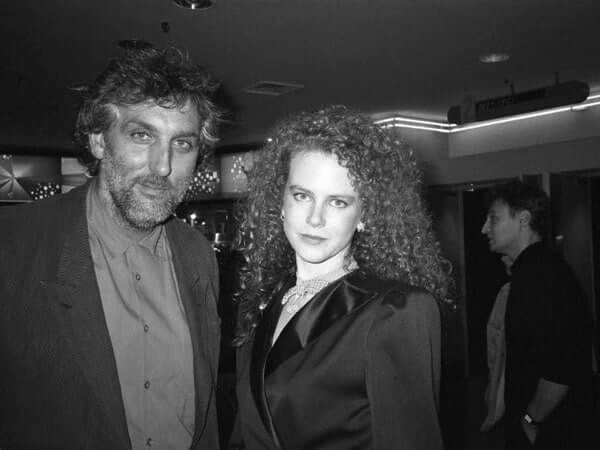
Noyce believes that all the Australian filmmakers of that new wave of cinema went to America, their films stood out because of the “less is more philosophy”. Noyce transitioned to Hollywood after the success of his film Dead Calm (1989).
“We didn’t go bigger, we went deeper, and that distinguished our work and Hollywood noticed us,” Noyce adds. Phillip Noyce Satyajit Ray
‘I survived’
Noyce’s first encounter watching a movie in Mumbai was in 1978. And while it might have been a very long time ago, and Noyce barely remembers the name of the film, he vividly remembers one important detail – how much he enjoyed watching cinema with an Indian audience.
“When a particular actor would come on, the audience would stand up and cheer. This was accompanied by a lot of whistling. And if it was a musical number, they would all start dancing in the aisles. It was just revelatory because I’d never seen this relationship between audience and cinema, and it was very exciting,” Noyce recalls.
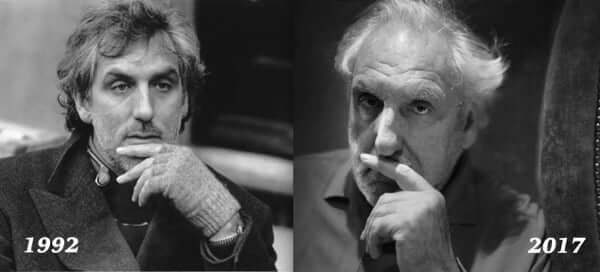
This relationship was also a lesson for Noyce. “I so much wanted my audience to enjoy my films in a
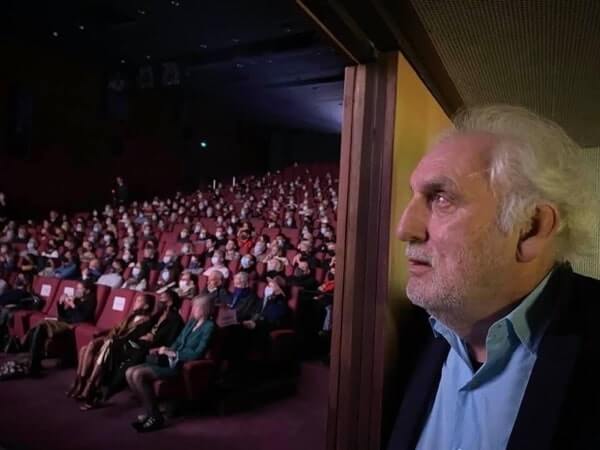
similar manner. I wanted to touch them in the same way… I wanted to get them worked up. I wanted to hear them. And I think that that was greatly influential in the kind of movies that I made, not necessarily the subjects, but how I tried to connect with the audience, always tried to get them out of their seats, tried to make them participate with the screen.”
Noyce was very elated when his 2023 film Fast Charlie was released in Indian theatres and it received a positive response.
“I wished though I could have watched the movie with an Indian audience,” he smiles.
Looking back on his illustrious career, what does Noyce hope his contribution to cinema signifies for future generations of filmmakers?
“That I survived,” he simply says, adding, “I started when I was 18 and now I am about to turn 75 and I’ve never had any other job other than filmmaking. I’ve still got the same hunger to tell stories and to create. So, survival is my first contribution to cinema. And the reason I’ve survived is because I’ve loved my audience.”




